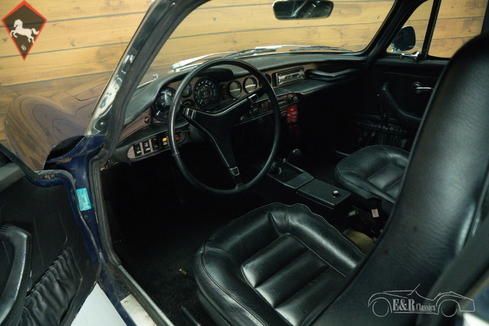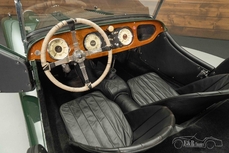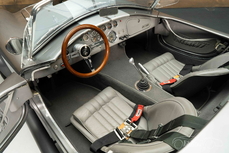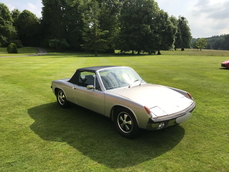Volvo P1800ES 1972
General description :
1972 Volvo P1800ES is listed for sale on ClassicDigest in Waalwijk by E & R Classics for Not priced.
Car Facts
Car type : Car Make : Volvo Model : P1800ES Engine size : 0.0 Model Year : 1972 Location : Waalwijk Vehicle Registration : Undefined
Not priced
People who viewed this Volvo P1800ES also viewed similar Volvo listed at ClassicDigest
Other cars listed for sale by this dealer
About Volvo
Volvo has a rich history spanning over nine decades, marked by a commitment to safety, innovation, and Scandinavian design. Here's an overview of Volvo's evolution, including key models and the design and technological highlights leading up to the XC70:Early Years and Foundation: Volvo was founded in 1927 in Gothenburg, Sweden. The first Volvo car, the ÖV4 (Jakob), rolled off the production line in 1927. Volvo quickly gained a reputation for producing sturdy and safe vehicles.
Safety Innovations: Volvo became synonymous with safety innovations. In the 1950s, they introduced the three-point seatbelt, a groundbreaking invention that became standard in automobiles worldwide. Over the years, Volvo continued to pioneer safety features such as crumple zones, rear-facing child seats, and side-impact protection.
Design Evolution: Volvo's design philosophy evolved, blending Scandinavian simplicity, functionality, and safety. The brand's design language embraced clean lines, robustness, and a focus on interior comfort.
Key Models Through the Years:
Amazon (120 Series): Introduced in the late 1950s, the Volvo Amazon featured elegant styling and became popular for its reliability and safety features.
140 Series: Launched in the 1960s, it showcased Volvo's focus on safety and introduced innovations like disc brakes.
240 Series: Introduced in the 1970s, the 240 became an iconic Volvo model known for its durability, safety, and boxy design, remaining in production for nearly 20 years.
850 Series: In the 1990s, Volvo introduced the 850, known for its innovative features, including the first front-wheel-drive model with a five-cylinder engine.
XC70 Series: The XC70 debuted in the early 2000s as an off-road variant of the V70 wagon. It combined Volvo's renowned safety features with all-wheel-drive capability and a higher ground clearance for enhanced off-road performance.
XC70 Design and Tech Specs: The XC70 epitomizes Volvo's dedication to safety, versatility, and Scandinavian design. Some design and technical highlights include:
Robust and functional design with protective cladding and raised ground clearance for an SUV-like appearance.
All-wheel drive (AWD) system for better traction on various terrains.
Advanced safety features, including Volvo's City Safety system, which helps prevent collisions in urban traffic situations.
High-quality interior with comfortable seats, ample cargo space, and modern infotainment and connectivity options.

























